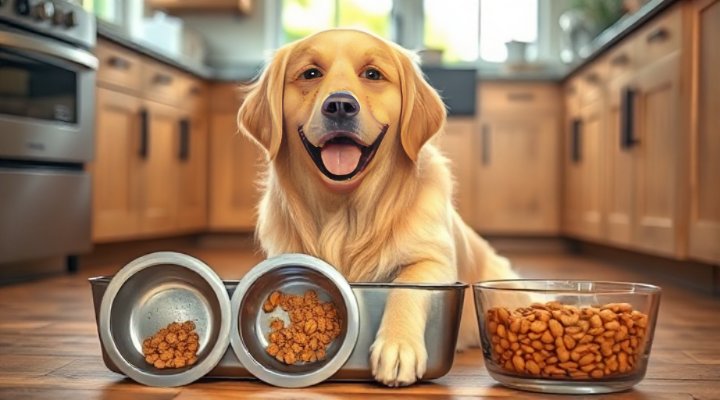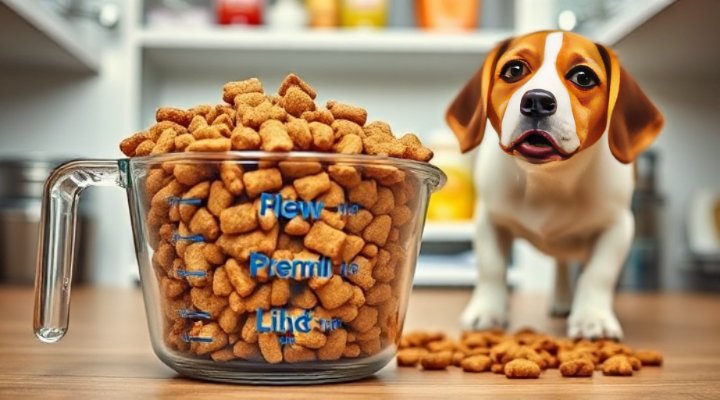When it comes to feeding your dog, the choice between wet dog food and dry dog food can be overwhelming. Both options have their pros and cons, and the best choice depends on your dog’s specific needs, your lifestyle, and your budget. In this article, we’ll break down the differences between wet and dry dog food to help you make an informed decision.
Nutritional Content: Wet vs Dry Dog Food
One of the most significant differences between wet and dry dog food is their nutritional content. Wet dog food typically contains higher moisture content—around 70-80% water—which can be beneficial for dogs that don’t drink enough water. On the other hand, dry dog food usually has only about 10% moisture but is more calorie-dense, meaning smaller portions can provide the same energy.

For example, if your dog is prone to urinary tract issues, the extra moisture in wet food might be advantageous. Conversely, active dogs might benefit from the concentrated energy in dry kibble. According to the American Veterinary Medical Association, both types can be nutritionally complete if they meet AAFCO standards.
Cost and Convenience
Dry dog food is generally more affordable and has a longer shelf life once opened, making it a convenient choice for many pet owners. Wet dog food, while often more expensive, can be more palatable for picky eaters or dogs with dental issues. If you’re considering a mix of both, our guide on Hills Prescription Dog Food offers great insights into balanced diets.

Suitability for Different Dogs
Puppies, seniors, and dogs with specific health conditions may have different needs. For instance, our Puppy Food Guide highlights how growing puppies might need the extra calories from dry food, while older dogs with dental problems might prefer the soft texture of wet food.

Storage and Handling
Dry dog food is easier to store and measure, but wet food requires refrigeration after opening. If you’re someone who travels frequently, dry kibble might be the more practical option. For those interested in sustainable choices, check out our review of Open Farm Dog Food, which offers both wet and dry options with eco-friendly packaging.

Final Thoughts
Ultimately, the best choice between wet dog food and dry dog food depends on your dog’s individual needs and your lifestyle. Some owners even choose to mix both for variety and balanced nutrition. For more tips on dog nutrition, the FDA’s pet food guidelines are a great resource.

Related Keywords: dog food comparison, best wet dog food, best dry dog food, dog nutrition tips, choosing dog food.
